Advertising & Green Tech = Clean air.

Necessity is the mother of invention, they say. And if you look at the small and large innovations in green technology, you can only confirm this. So here comes a particularly smart example of the green tech sector.
The woman who invented the coffee filter.

It is quite possible that without Amalie Auguste Melitta Liebscher, coffee would not be the Germans’ favorite drink today. The lady in question invented the coffee filter 150 years ago and had it patented at the patent office as one of the first women ever. And in doing so – among other things – she laid the foundation for a family empire. Here, you can read more about this fascinating woman who revolutionized coffee.
What is success?

Part 3 of our mini-series “Let’s talk about money” deals with impact investing. It is actually logical that every investment has an impact, but impact investing refers – at least to some extent – to a more sustainable awareness in the financial sector. It may therefore be worth looking at the “increasing moralization” (brand eins 6/23) while enjoying your morning coffee.
An incredible festive bread
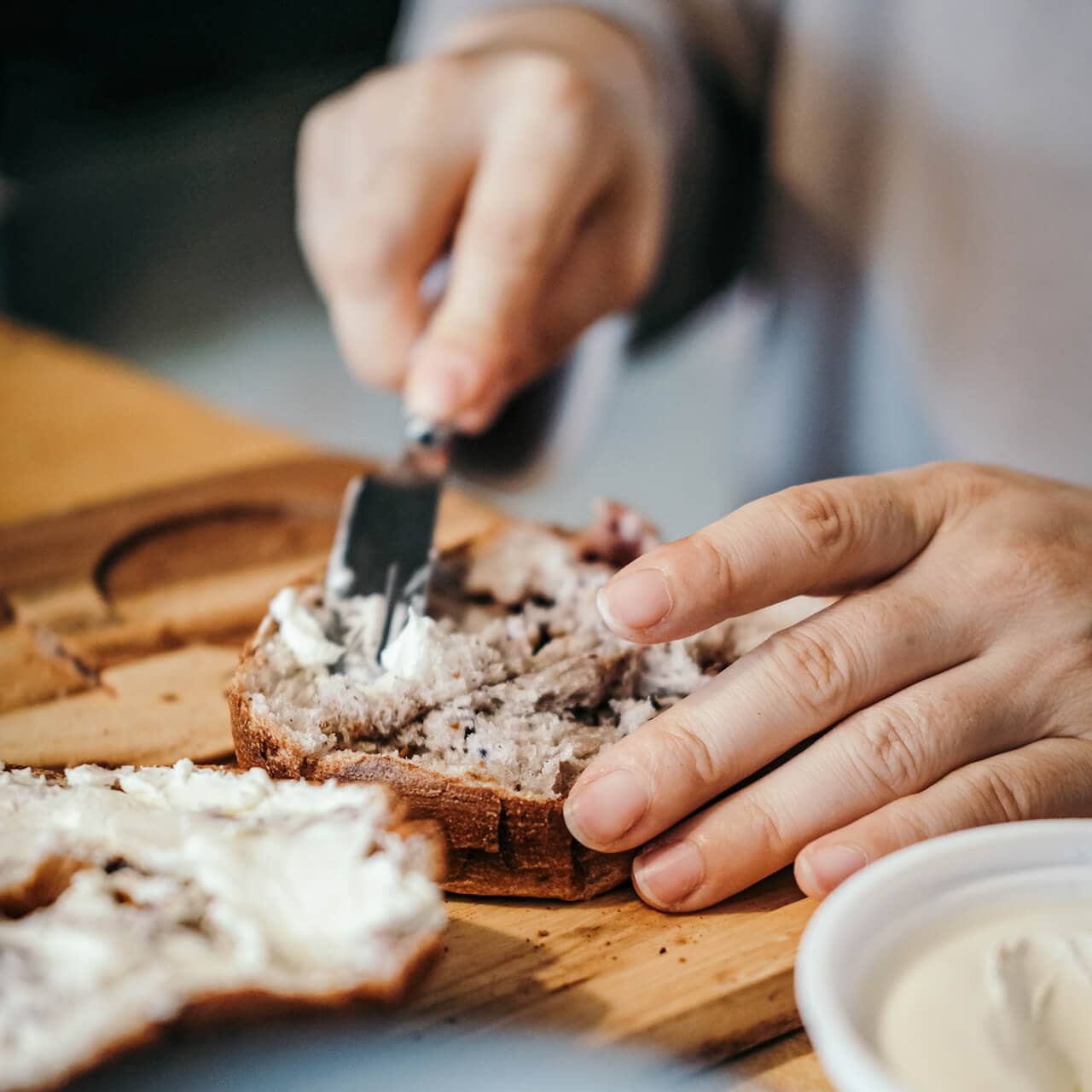
There are sooo many occasions for this recipe: The best bread for a holiday – no matter which one. The best bread without flour because you want to avoid gluten. The tastiest bread to use up leftover nuts. Or simply because it’s so delicious. Here comes the recipe.
How to keep your portafilter spic and span.

And, above all, ensure that it produces super-tasty espresso and a wonderful crema. This is (unfortunately) also a question of cleaning. And not just on the outside: Cleaning and descaling is vital for “La Macchina”. We explain how it is done.
How to clean which coffee maker
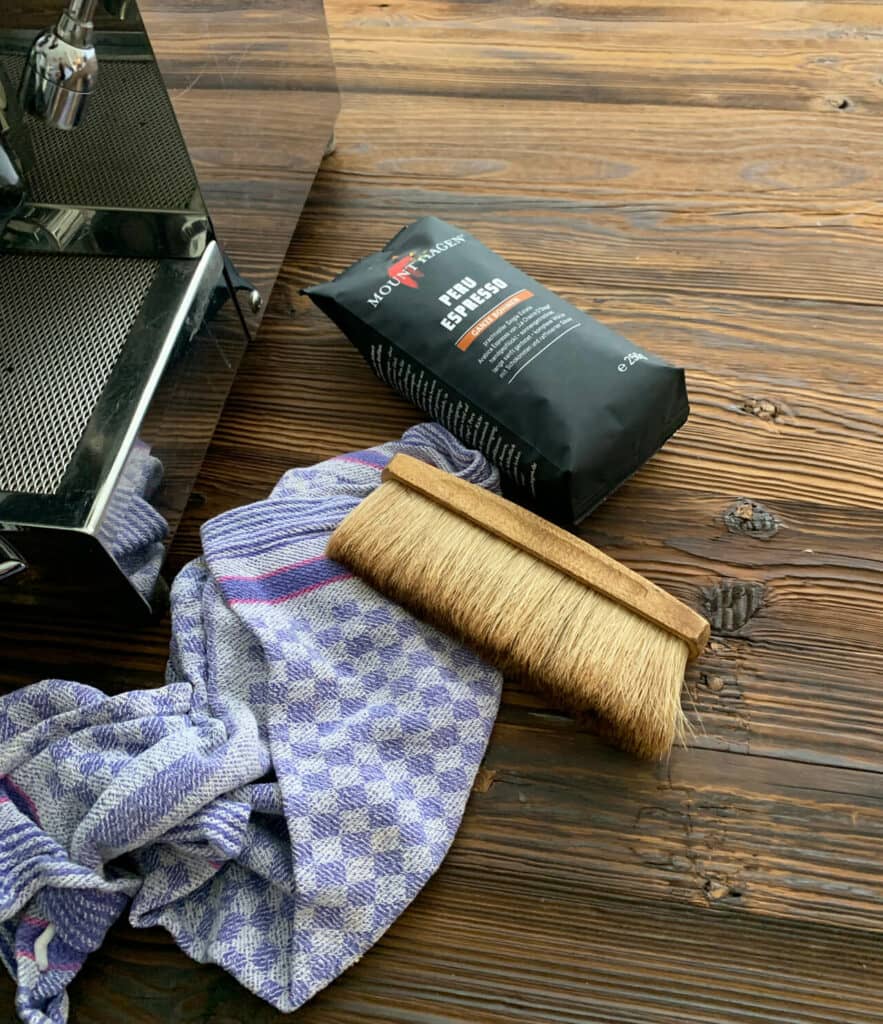
If you love your machine and your coffee – whether it’s a portafilter, a stovetop pot, a fully automatic machine, or a filter machine – you can’t avoid cleaning it (unless you have a cleaning fairy and entrust her with your favorite piece). Why and how to do it best (for the coffee, the machine, and yourself), we tell you in our little mini-series. First part: Reasons for cleaning and the best cleaning agents.
The best reasons for a coffee break.
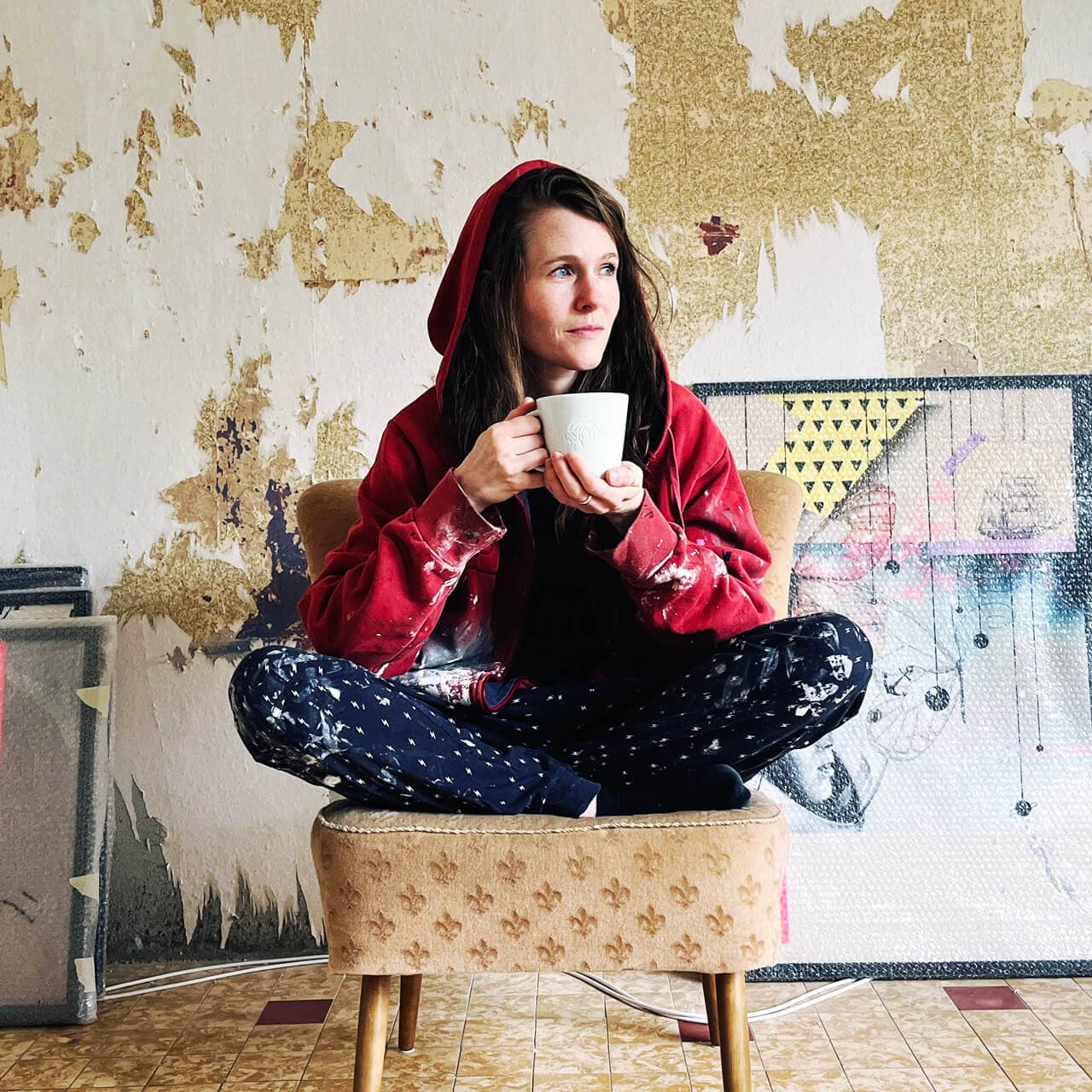
“Do you have five minutes for coffee?” “Shall we discuss this over coffee?” “Let’s meet for coffee.” Coffee breaks are good for the team climate, for an informal exchange of information, for cohesion, for the social fabric. But there are many more reasons to take a break and have a coffee – apart from the indulgence. We’ve summarized the most important ones for you here (in case you ever have to convince someone of the benefits).
Let’s talk about money. Part 2: Green investments.
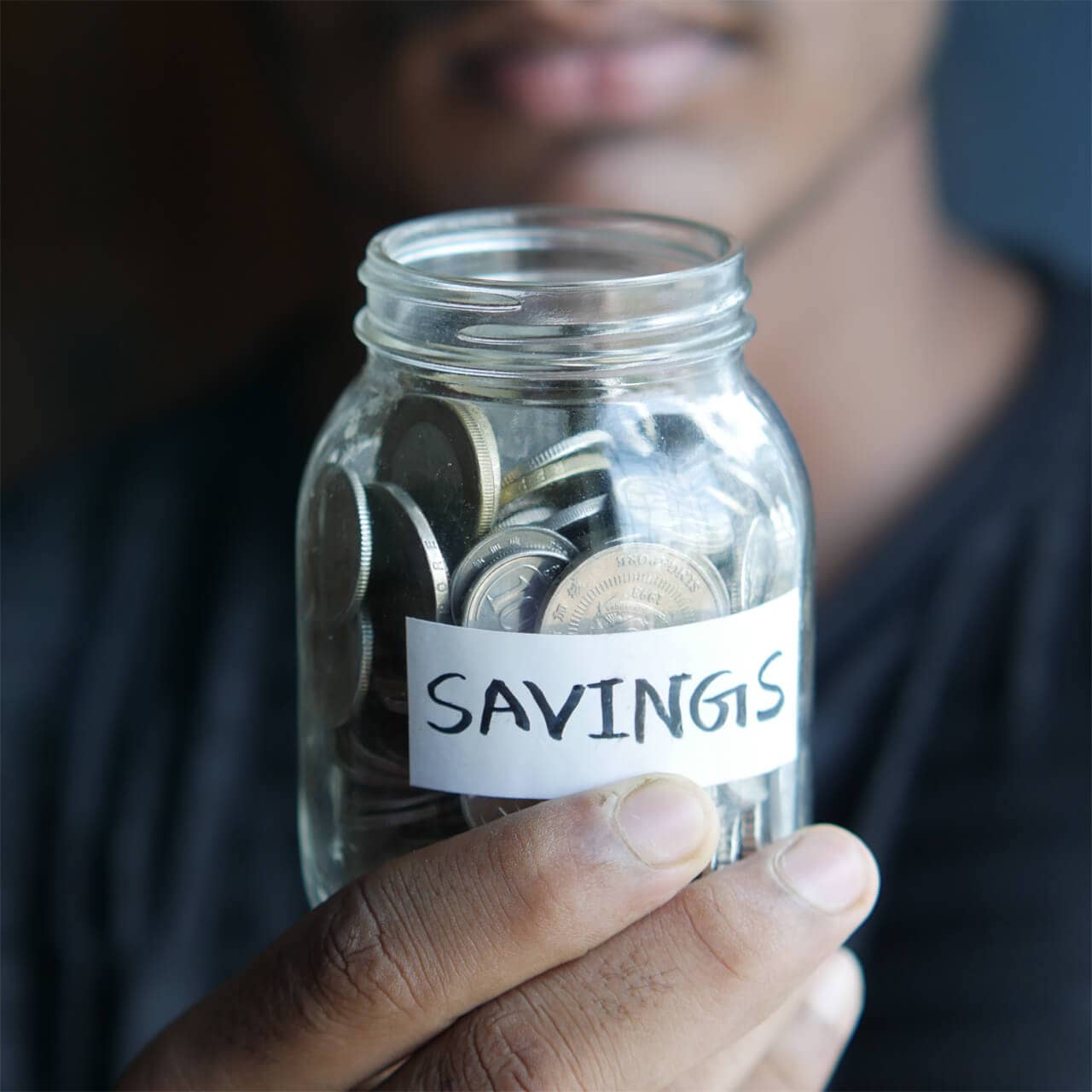
Is it possible to do something for capital formation even on a small budget? And if so, is there a green way to do it? In other words: in an ecologically sensible and socially ethical way? It is possible, but not as easy as one might hope. That’s why we asked someone who should know: Hanna Hornberg, an expert in sustainability, impact investing, and alternative investments.
About shade trees, verbena, and mulch.
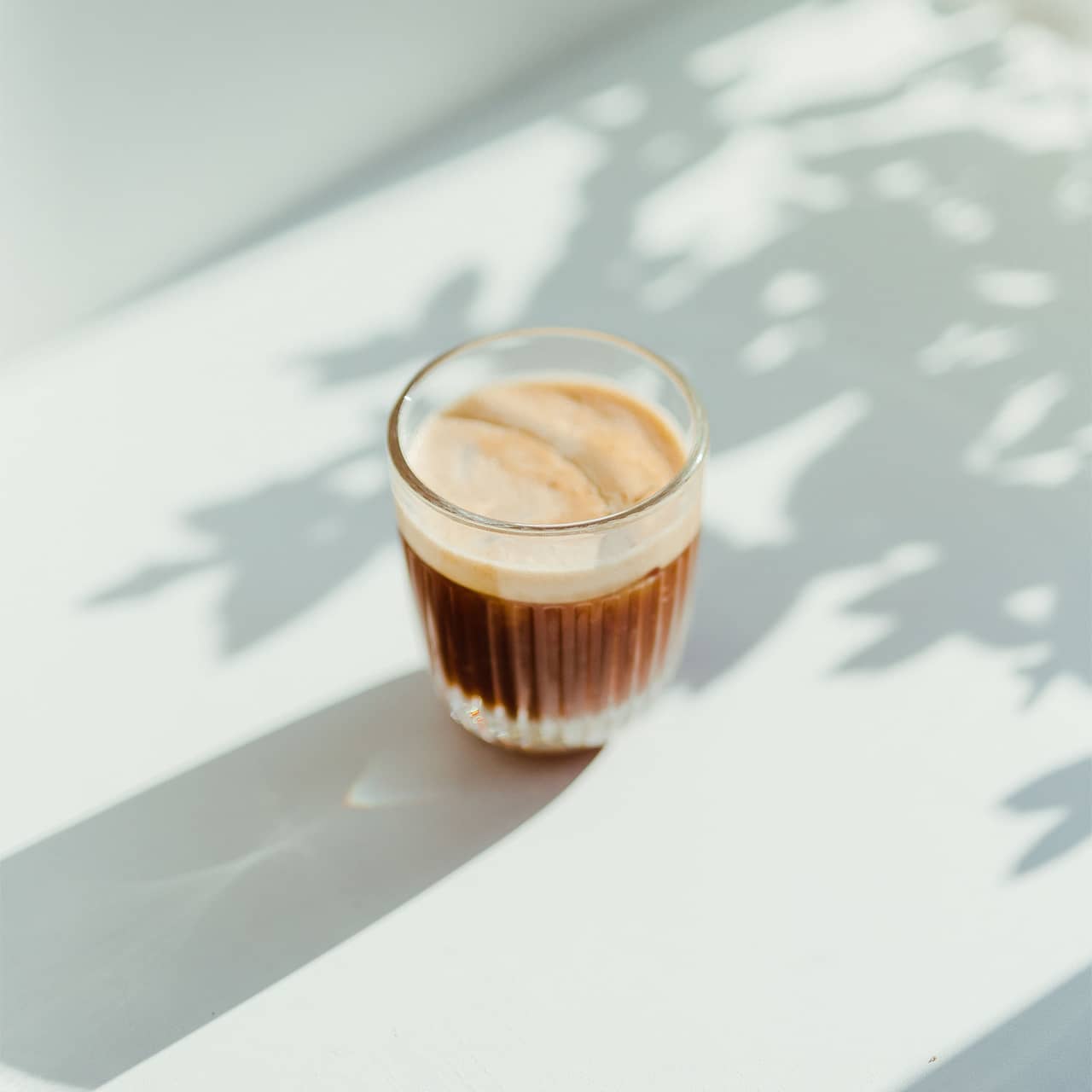
By the time we hit the 90 degrees mark this summer, hobby gardeners and balcony flower lovers started asking themselves: Am I still allowed to water? And which plants can really cope best with this heat and dryness? After all, it’s really no fun to drink your morning coffee between limp hydrangeas and withered herbs. To make sure that doesn’t happen, we’ve put together some tips and suggestions on plants, how to “educate” them to be more resilient, and on proper watering. And you will learn what all this has to do with our coffee. Reading time: 2 cups of coffee.
Ready to taste some “knabbeln”?
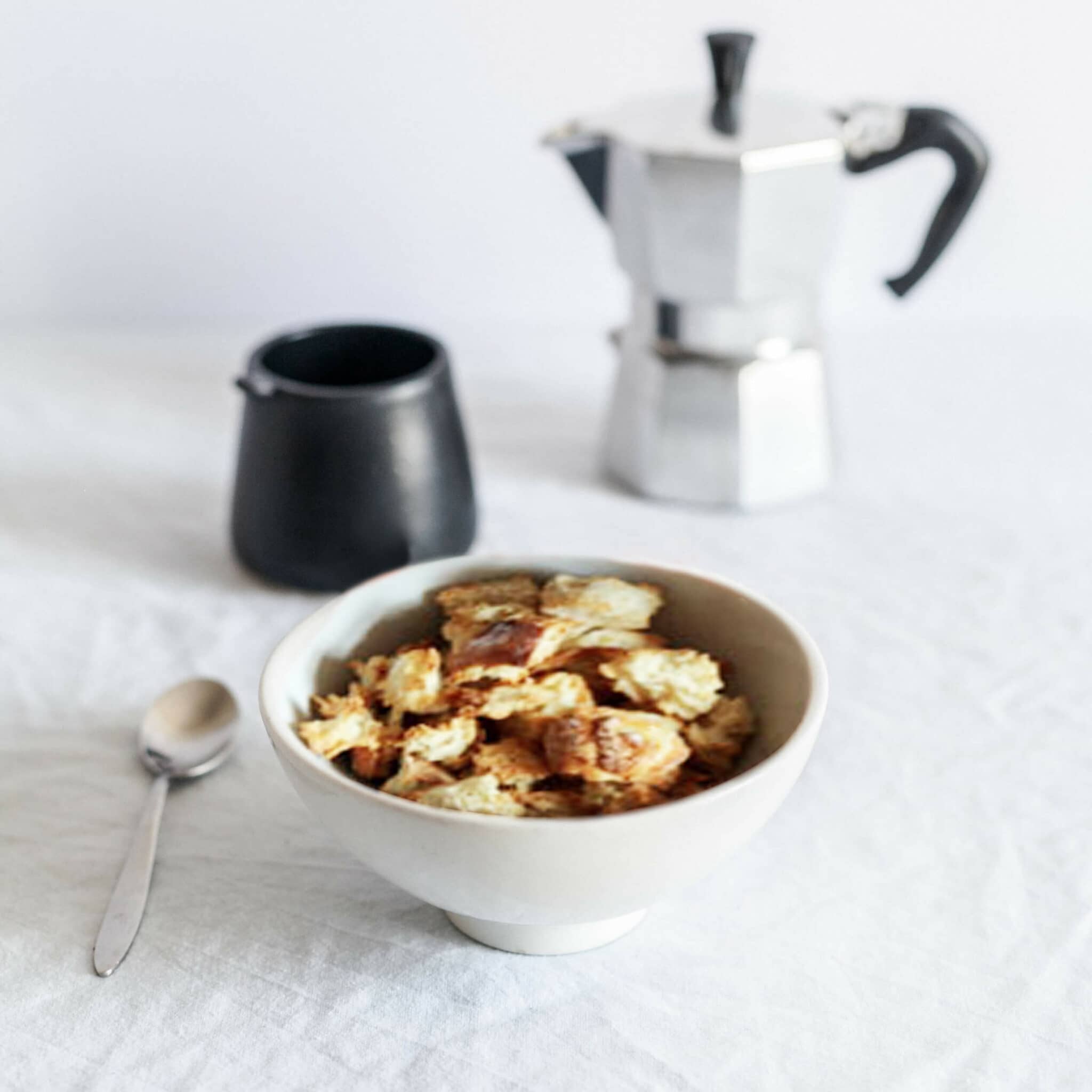
Knabbeln… what? Knabbeln are an old Westphalian breakfast treat that we’ve rediscovered for you: Dry bread in coffee. Not only extremely delicious, but also – of course – super sustainable. Click here for the recipe.

